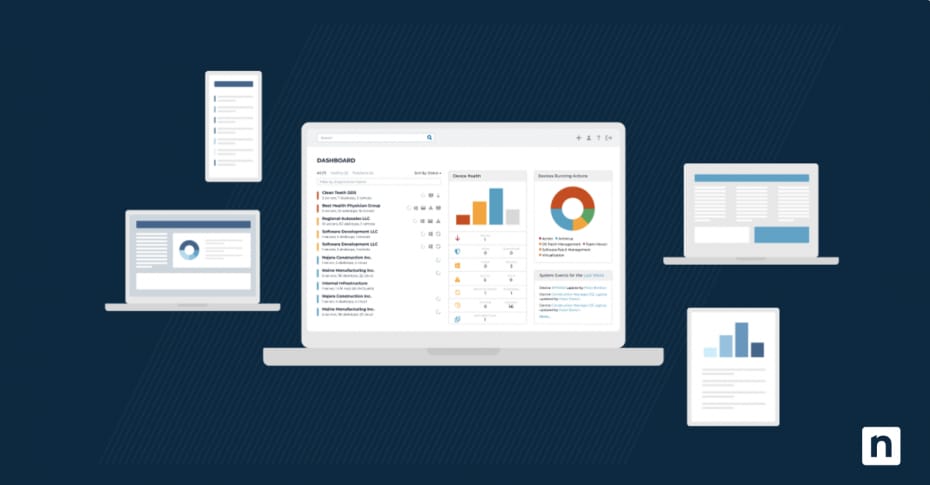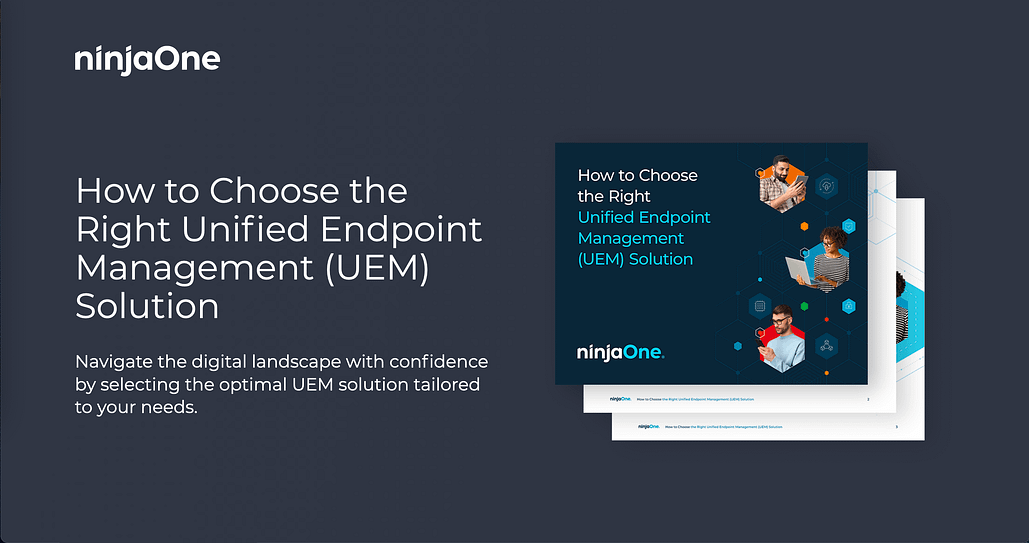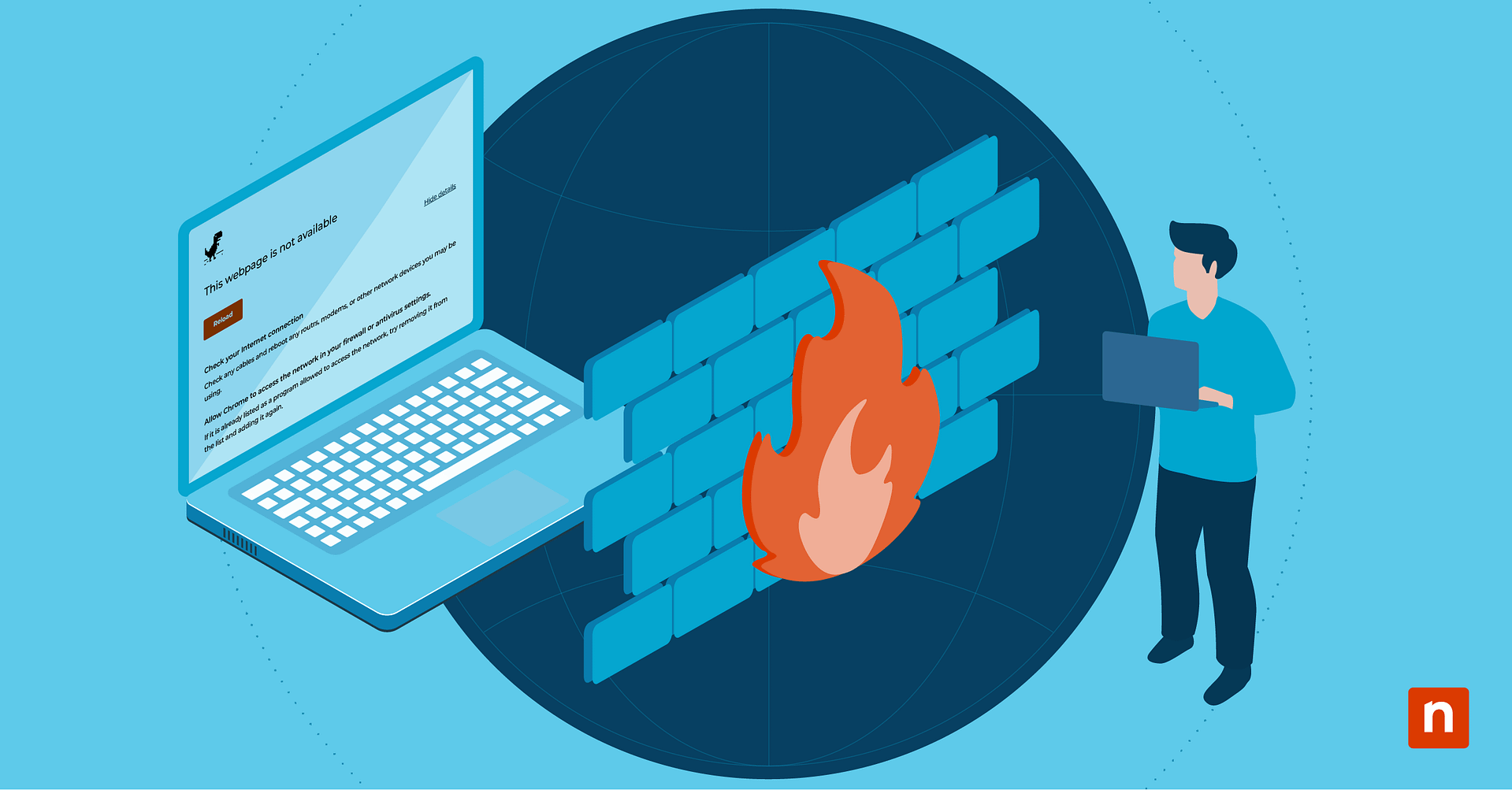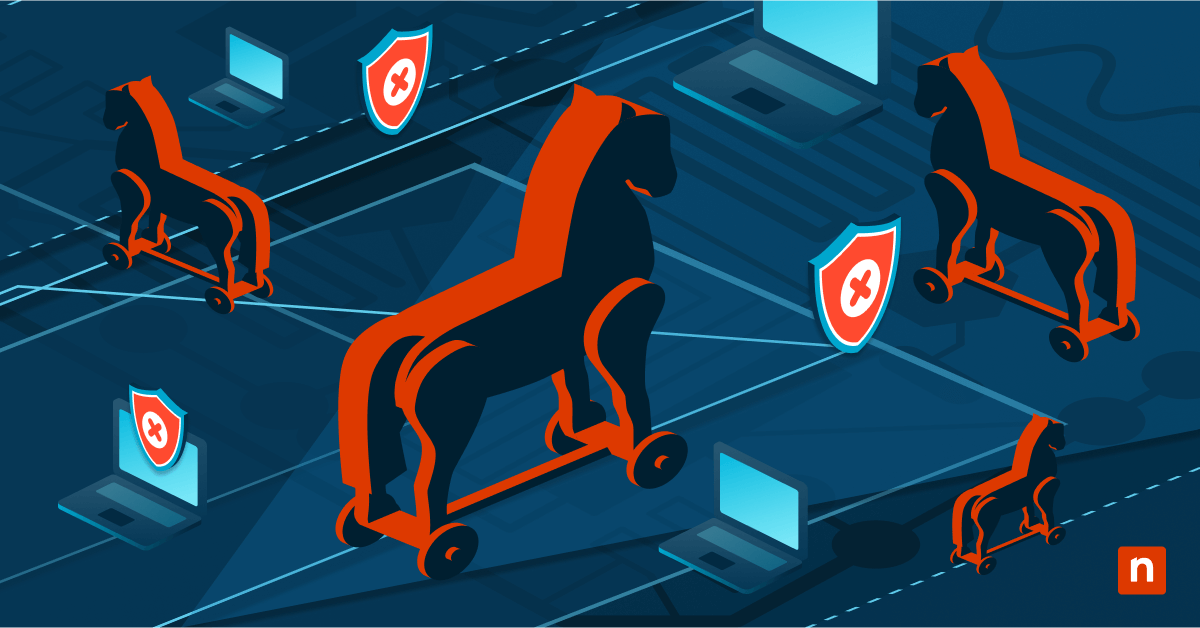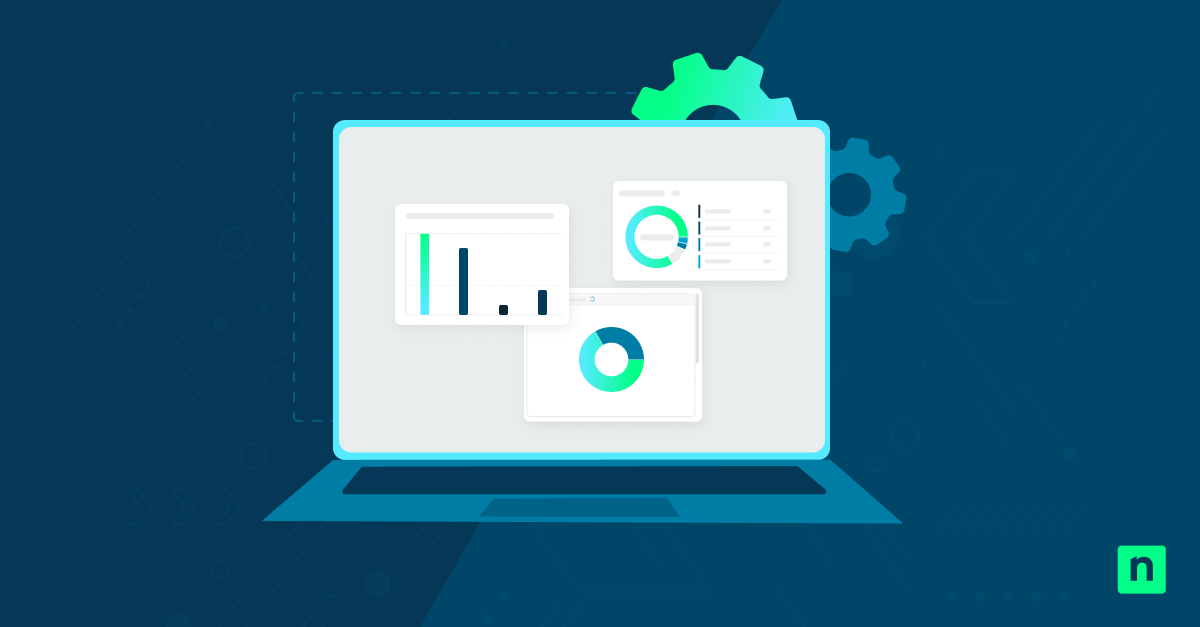Key Points
- Unified Endpoint Management (UEM) centralizes control of all devices—desktops, laptops, mobile, and IoT—across an organization’s IT environment.
- UEM enhances data security, regulatory compliance (e.g., GDPR, HIPAA, PCI SSF), and user experience by providing centralized monitoring, updates, and device configuration.
- A defined UEM strategy improves IT efficiency, reduces costs, extends device lifecycles, and minimizes security risks like data breaches and endpoint attacks.
- Core UEM capabilities include device enrollment, patch automation, app management, remote wipe, threat detection, and hardware/software inventory tracking.
- Effective UEM integrates with cybersecurity tools, encryption protocols, and data loss prevention (DLP) measures to ensure robust endpoint protection.
- Implementing a unified endpoint management strategy involves four steps: Planning, setting Policies and Configurations, Deployment, Endpoint Management and Evaluation.
Unified endpoint management is a growing market, and IDC predicts it will grow from $3.4 billion in 2019 to $4.9 billion in 2024. This market growth is due to various of factors such as the Bring Your Own Device (BYOD), Choose Your Own Device (CYOD), and Internet of Things (IoT) trends.
Data security is also a growing concern, and the number of devices continues to increase each year. Moreover, there is a high volume of data sharing across these organizational devices. These all fuel the growing need for a single solution to manage all types of devices, which is where unified endpoint management comes in.
Simply obtaining this solution, though, will not solve all your endpoint management woes. The most successful businesses approach these endpoint management solutions with a clear unified strategy.
Before we proceed, if you prefer watching and listening over reading, here’s a video version of this blog: Unified Endpoint Management Strategy – A Complete Guide.
What is unified endpoint management?
Before diving into the best strategies for endpoint management, we need to define the concept first.
Unified endpoint management (UEM) is the consolidated approach to supervising an organization’s endpoints, which include desktops, laptops, mobile phones, tablets, and IoT devices. Ensuring that these endpoints, which have access to your organization’s resources, are managed, secured, and compliant is a significant step in maintaining a whole IT infrastructure.
Why do businesses need a unified endpoint management strategy?
Businesses can receive several benefits from incorporating a unified endpoint management tool into their IT infrastructure:
Streamlined IT management
It would be easier for an organization to have a system that allows them to manage their IT infrastructure through a centralized console that follows a “single pane of glass” approach. This streamlined approach helps businesses take on other things essential to their growth while letting IT teams or managed service providers handle IT management.
Cost-efficiency
Automating IT tasks through unified endpoint management can significantly help reduce labor costs. Additionally, businesses can financially benefit from extending the lifespan of managed devices through effective endpoint management. Organizations may also lose revenue due to device loss and data breaches. UEM tackles this challenge by minimizing the risk of compromised devices.
Regulatory compliance
Devices should always meet data privacy and security regulations such as GDPR, HIPAA, PCI, and PA-DSS. A unified endpoint management solution helps organizations maintain compliance with these regulations, allowing them to operate while ensuring their managed devices follow standard guidelines.
Enhanced user experience
UEM can help improve user-end experience by optimizing the health of managed devices for usage. Effective unified endpoint management enables devices to work at their best state, improving overall user satisfaction and business productivity.
Data protection
As mentioned earlier, a data breach can cause significant revenue loss for an organization, which is why a company’s data must always be protected and secured. A business would need effective unified endpoint management (UEM) that can integrate with cybersecurity service providers to help detect and obstruct malicious attacks on its network. A UEM can also help protect sensitive company data through features such as encryption, remote wiping, and data loss prevention.
Automated updates and patches
Updates and patches can be pushed to managed devices automatically with the help of a unified endpoint management solution. This is an important process to ensure devices have up-to-date software and patches that protect them from vulnerabilities.
Use cases of unified endpoint management (UEM)
Managing devices involves ensuring security, compliance, and optimal performance across an organization’s endpoints. Here are some essential use cases of UEM tools:
Device management
- Enrollment: UEM tools can help ease the onboarding of new devices into a corporate environment.
- Configuration: A unified endpoint management platform allows for deploying necessary configurations and settings across all endpoints.
- Inventory management: A UEM software maintains an up-to-date inventory of endpoints, including hardware and software details.
- Lifecycle management: From provisioning to retirement, UEM tools manage the lifecycle of endpoints and/or devices.
Application management
- App distribution: UEM tools initiate deployment and management of authorized applications across different devices regardless of platform and type.
- App updates: UEM software helps automate app updates to ensure all applications on managed devices have the latest features or bug fixes.
- App removal: UEM also assists removing unwanted or outdated applications from devices.
Security management
- Data protection: Endpoint management tools can help protect data by introducing encryption, enforcing access controls, and employing data loss prevention (DLP) policies.
- Threat protection: Some UEM tools integrate with cyber security service providers to combat malware, ransomware, viruses, and other threats to IT infrastructure.
- Compliance: UEM tools can enforce compliance with industry regulations (e.g., GDPR, HIPAA) through policy-based controls.
Mobile Device Management (MDM)
- BYOD support: Unified endpoint management tools can help manage employee-owned devices (BYOD) to protect company data.
- Containerization: UEM can create secure containers for business applications and data on personal devices.
- Mobile Application Management (MAM): UEM software enables IT teams to control mobile app use and manage permissions on managed devices.
- Remote wipe: In case of loss or theft, UEM solutions can help remotely wipe the data of managed devices that may be at risk of being compromised.
PC management
- Patch management: Patches can be pushed to managed devices automatically to ensure they are not susceptible to vulnerabilities.
- Software distribution: UEM can deploy software packages to desktops and laptops efficiently.
- Hardware inventory: UEM can track hardware assets and configurations.
UEM solutions offer more uses than the ones mentioned. They can perform remote support, integrate with third-party applications to maximize functionalities, generate important endpoint reports, and more. This is why businesses should know how to choose a unified endpoint management platform that best meets their needs to maximize its advantage.
The benefits of a unified endpoint management strategy
Creating a strategy before tackling any issue is a wise approach, and unified endpoint management is no different. Unified endpoint management drives business efficiency by giving businesses the tools they need to manage their devices effectively , all in one location. It also allows your IT team to monitor, secure, update, and remediate the endpoints in your organization’s IT environment.
The benefits of a focused and defined unified endpoint strategy include:
Improved security
The number of security threats continues to grow each year, and endpoints are one of the top locations of cyberattacks. A study by Ponemon reported that 68% of organizations experienced endpoint attacks that disrupted their data or infrastructure. One of the best ways to protect your endpoints against security risks is to set a good foundation from the get-go. A calculated unified endpoint management strategy effectively manages applications, deploys scripts, and more to secure endpoints.
Improved onboarding
Having a strategy streamlines your onboarding process by deciding what actions to take for certain devices. Unified endpoint management software gives you the tools and information you need to know how to handle device onboarding, from automatically approving specific onboarding actions to managing newly onboarded devices.
Software extensibility
The basic out-of-box functions of endpoint management software are powerful, but some may allow you to do even more. For example, strategic planning, writing and implementing of new scripts can enable task automation for endpoints.
Greater visibility
Unified endpoint management software gives you greater visibility into your IT environment. With a clear strategy, this increased visibility can help your IT team get a detailed view of activity and quickly identify any issues.
Increased employee productivity
An effective endpoint management plan helps technicians know how to resolve endpoint issues and ensure your employees that they’re in good hands. When something goes wrong on a device, your technicians can quickly find the root of the problem and fix it so employees can resume work to minimize downtime and increases productivity
Easy access to information
Condensing all tools into a single software solution is a key part of a unified endpoint management strategy. Having a single solution that manages all your business devices means you only need to look in one location for information you may need. Unified endpoint management software can be the single source of truth for your IT environment.
See why G2 has ranked NinjaOne #1 for Customer Satisfaction in Endpoint Management.
How to create a unified endpoint management strategy
The five steps to create a unified endpoint management strategy are:
1. Plan
The first, and most important, step is to formulate a plan. Figure out the specifics regarding how devices are onboarded and monitored, patches are applied, and endpoint problems are resolved. Consider what policies and configurations you want to implement in your IT environment, especially for your given industry (ex., healthcare’s need for HIPAA compliance, finance’s focus on auditing and DLP).
2. Policies and configurations
Next is to create the policies and configurations that will be part of your endpoint management strategy. These are important to maintain device functionality and secure endpoints from unauthorized access. Make sure that your policies and configurations are clearly defined to ensure proper implementation.
3. Deployment
Once you complete the initial planning and your policies and configurations, it is time to onboard your organization’s endpoints. Check that all endpoints are accounted for and actively managed by your unified endpoint management software, that your configurations are set, and that policies are enforced.
4. Endpoint management
When your IT environment is finally set up with your unified endpoint management software, you are ready to execute the strategy and manage your endpoints. The software enables monitoring, reporting, auditing, and compliance checks to certify that your endpoints are secure and in good health.
5. Evaluation
Endpoint management is an evolving process. Evaluate the effectiveness of your UEM strategy regularly to figure out points for improvement. Set KPIs for criteria like patch deployment time, user satisfaction, ticket management, etc.
Create an endpoint management strategy for your business
Endpoint management is a critical component of a thriving and functional IT environment. A clear, unified endpoint management strategy helps your organization oversee all endpoints and check whether they comply with technology standards and function optimally.
Navigate the digital landscape with confidence by selecting the optimal UEM solution tailored to your needs.

